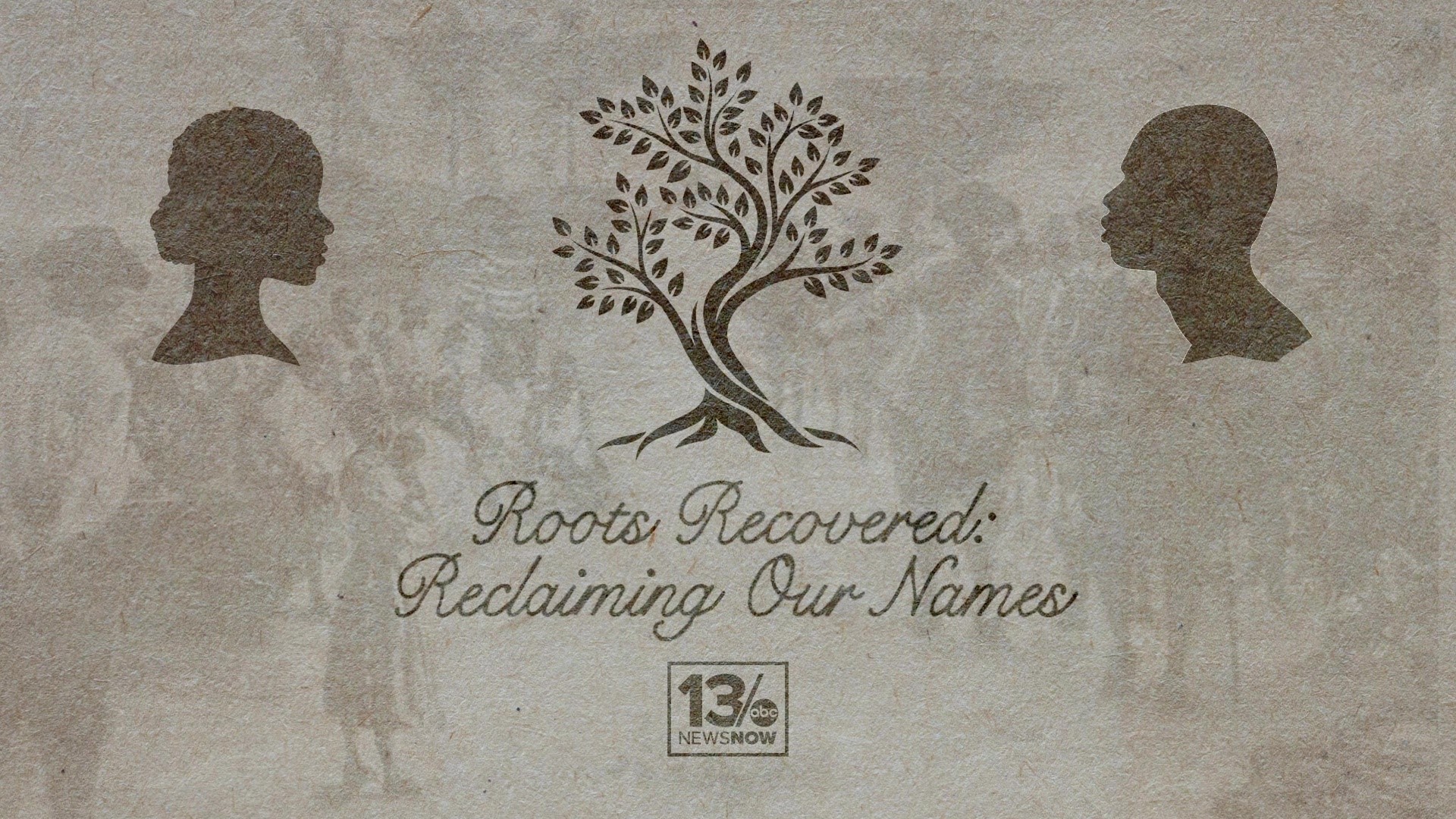ST. LOUIS — Have you ever been on a hike – or even in your own backyard – and looked at a mushroom and thought, “I wonder if I can eat that?”
Chef Rob Connoley likely knows the answer.
“It’s weird feeling like a rock star in the woods. They don’t know who I am, or all they know is this guy’s coming out of the woods with a pocketknife in one hand and a bag of mushrooms in the other. He could help us survive in the apocalypse!” he said with a laugh.
The James Beard Award semi-finalist digs getting his hands dirty. He considers it part of his job to forage for food every day.
Connoley owns Bulrush in St. Louis’ Midtown neighborhood. The restaurant prides itself on elevated Ozark cuisine, turning his foraged finds into fine dining.
“Yesterday I found this mother lode of oyster mushrooms out in the woods,” he told Abby Llorico during a Zoom conversation for a recent episode of the Abby Eats St. Louis podcast.
These days, with COVID-19 restrictions and concerns about being inside places, Connoley’s seeing more people getting outside. He’s had a lot more company on the trails lately.
“I just think it’s great that people are going out there,” he said.
If the fresh air and beautiful fall weather have you wanting to lace up your hiking boots, Connoley suggested some items you can forage while on a hike in the woods or even while exploring your neighborhood park.
Here’s what is in season right now in the greater St. Louis area:
Persimmons

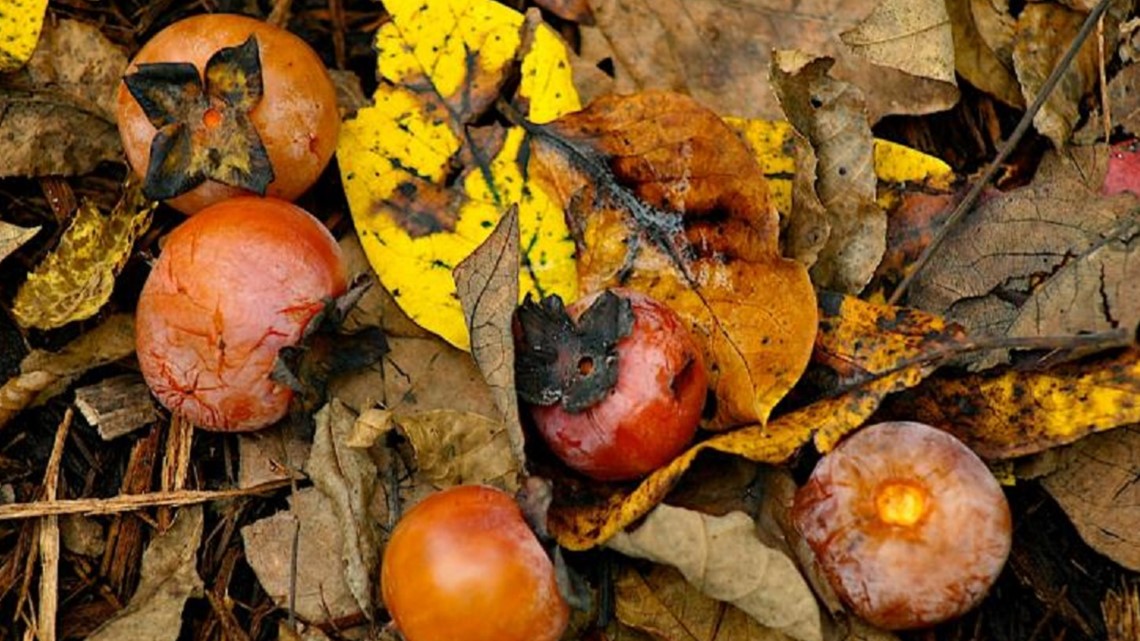
Persimmon tree fruits are ripe in September and October. The fruit’s color can be orange or orange-purple. They’re about 1 inch long and are globe-shaped. The fruits are sweet and edible when ripe. To find persimmon trees, look for their distinctive bark, which looks like alligator hide. It’s dark brown to black with deep grooves and ridges that are broken into thick, square-like blocks.
Hen of the wood mushrooms (also known as maitake)

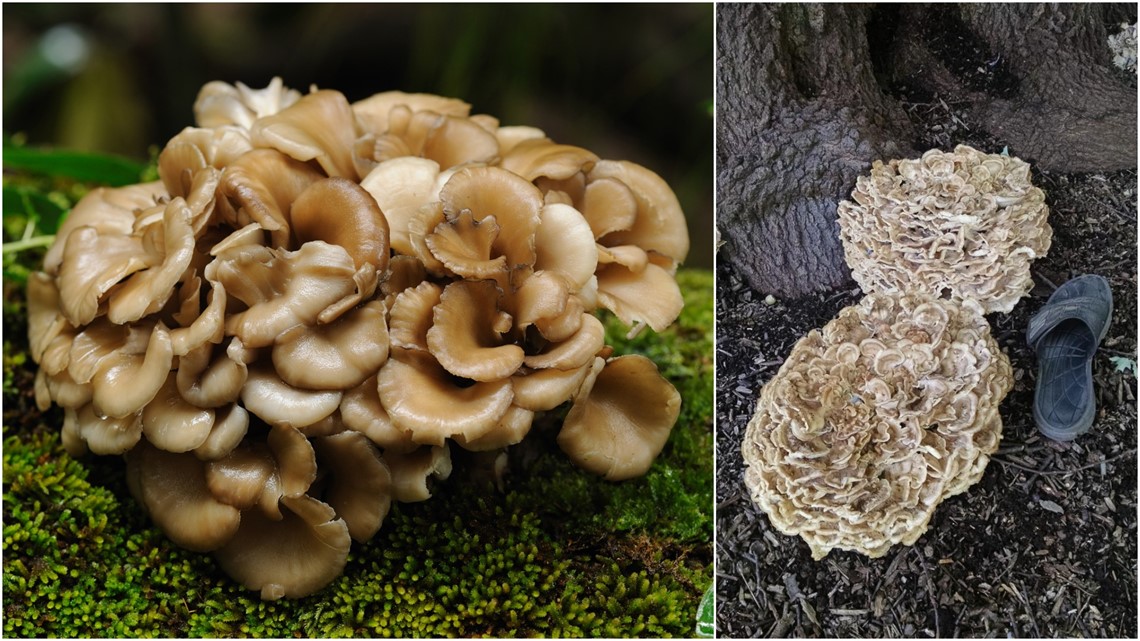
Hen of the wood mushrooms grow in large clusters up to 3 feet wide. They typically weigh 5-10 pounds but often can get up to 50 pounds. They have spoon-shaped caps that are gray, gray-brown or brown. Hen of the woods is a pore fungus and doesn’t have gills, according to the Missouri Department of Conservation’s website.
When looking for these mushrooms, keep an eye out for oak trees. That’s where they often grow.
Hen of the woods have three lookalikes, all of which also are edible: black-staining polypore, Berkeley’s polypore and the eastern cauliflower mushroom.
MDC’s website stresses to always be cautious when eating mushrooms. Foragers should make sure they know the identify of the mushroom they’re eating and to taste a small amount first to make sure there’s no reaction.
Oyster mushrooms

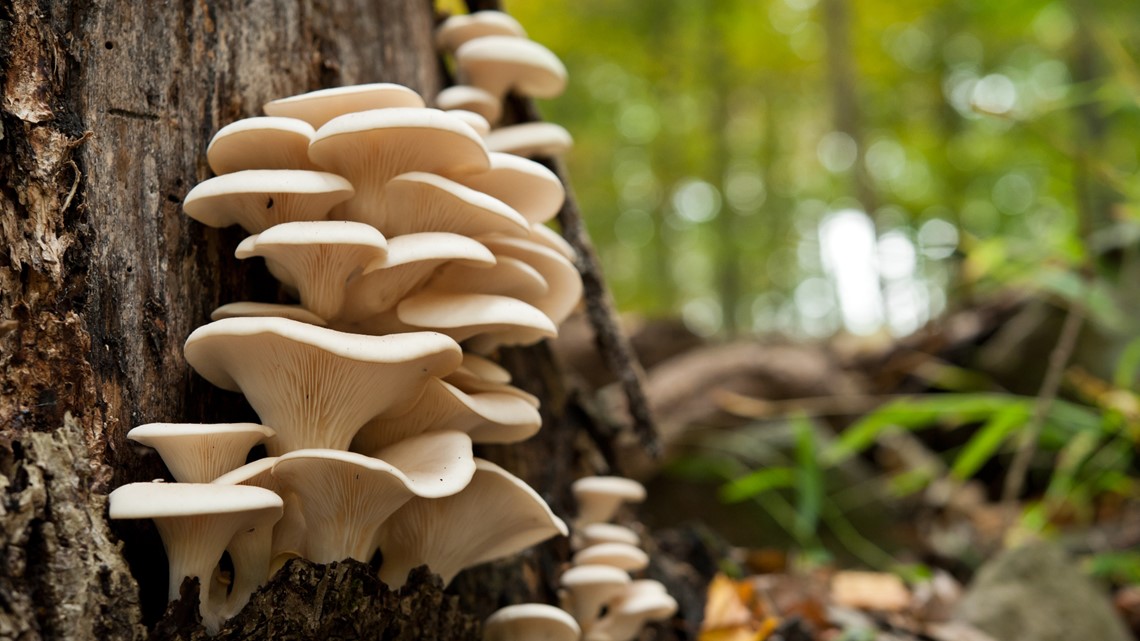
Oyster mushrooms have gills and grow in shelf-like clusters, meaning they almost look like they're stacked on top of each other. You can frequently find them growing on stumps, logs and on the trunks of trees. Oyster mushrooms range in color from whitish to grayish and tan. MDC says there are no lookalikes in Missouri that are poisonous.
Autumn olives

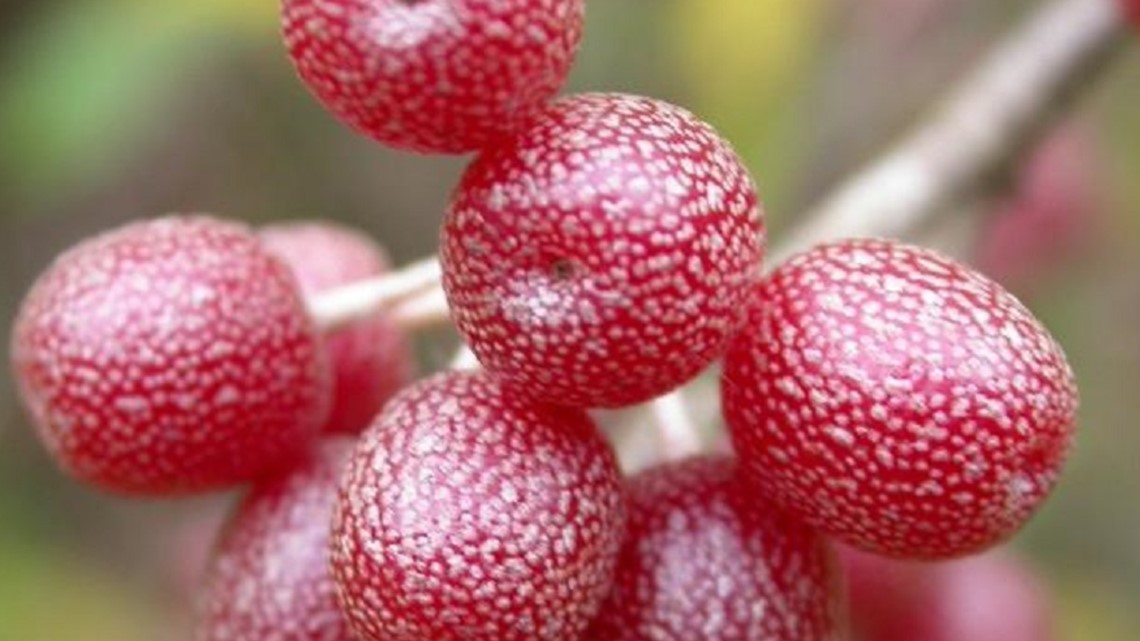
Autumn olives grow on shrubs that typically reach upwards of 20 feet. The fruits are small at less than a quarter of an inch.
Even though they have “olive” in their name, they look more like berries when they’re ready to eat. Autumn olives start out as a yellowish color and ripen from pink to red with speckles. They’re fleshy and juicy, and according to one website, “its flavor is almost universally liked.” They’re described as tasting “sweet, tart, and pleasantly astringent.”
If you happen to come across a mother lode of autumn olives, feel free to help yourself. The Missouri Department of Conservation lists them as an invasive species.
READ NEXT: From park-and-dines to new menus: How fine-dining restaurants are adjusting during COVID-19
_________
This story is a companion piece to the Abby Eats St. Louis podcast episode called “Rock star in the woods”. You can download the episode for free and subscribe wherever you get your podcasts. We've included links below to some of the most popular podcast platforms.
Apple Podcasts | Google Podcasts | Spotify | Stitcher | TuneIn | Castbox


